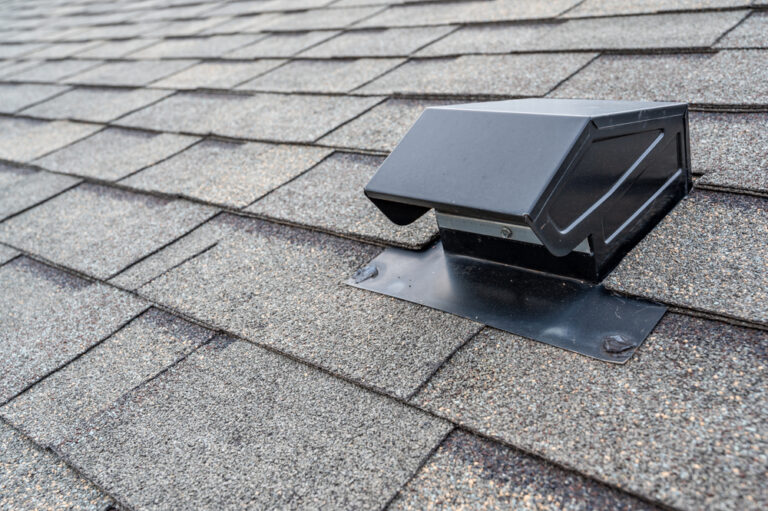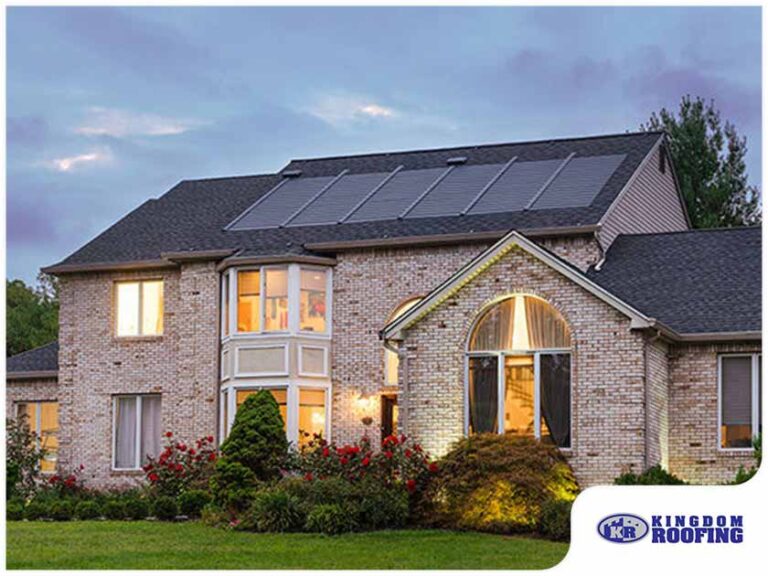It’s important for building owners to go through the details of their commercial roofing warranty at least twice. In particular, you need to find out the types of damage that are covered under your warranty and the things that can void your warranty.
Roof warranties can get too technical at times. Here’s a primer on some of the essential details about commercial roof warranties every building owner should know:
The Two Types of Warranties
There are only two entities qualified to provide warranties: the manufacturer of the materials used to build your roof and the roofer who installed them. Warranties provided by roofers tend to be shorter than manufacturer warranties. However, in terms of coverage, the difference between the two isn’t as clear-cut. That’s mostly because there are four kinds of manufacturer warranties.
Here’s an overview of their respective pros and cons:
- Manufacturer’s no-dollar-limit (NDL) warranty – An NDL warranty is arguably the most cost-effective option for building owners because it covers roof repairs and replacements regardless of their total cost (even if it exceeds the value of your roof itself). Another advantage of NDL warranties is that they have a relatively long period of coverage, usually lasting 10 to 30 years depending on the type of roof installed.
Important note: NDL warranties only cover roofing materials purchased from the manufacturers, which means damage caused by roof protrusions might not be covered. - Manufacturer’s material warranty – Manufacturer’s material warranties—the most popular type of warranty on the market—usually have low costs (and in some cases provided free of charge) but only cover roof repairs and replacements within a certain period. Like NDL warranties, material warranties don’t cover materials that weren’t made by the manufacturer that provided the warranty. However, there are a few exceptions for installation errors. Depending on the manufacturer, certain workmanship errors are covered under the warranty.
- Manufacturer labor and material warranty – Manufacturer labor and material warranties cover roof repairs and replacements only up to a certain amount. As such, it isn’t the best option for wide commercial roofs, which tend to be more leak-prone than residential roofing systems. Not to mention labor-and-material warranties are prorated, meaning their coverage limit declines over time. The older a roof is, the lower its coverage under a manufacturer labor and material warranty.
- Manufacturer’s roof system warranty – This is the most basic warranty option. As the name suggests, it only covers the roof membrane.
What a Warranty Doesn’t Cover
What are the types of roofing damage that aren’t usually covered by a commercial roof warranty?
- Damage from failing roofing components – What if your roof was damaged by failing roof components not under warranty? They’re not usually covered under your commercial roof warranty.
- Natural disasters – Roof damage caused by extreme weather events such as strong winds, fire, earthquakes, tornadoes and hurricanes are not covered by commercial roof warranties. Hailstorms are usually an exception, but this depends on the roofing materials installed and their warranty.
- Unauthorized roof modifications – Some commercial roof warranties have provisions that don’t allow modifications to your roof, like the installation or servicing of a rooftop HVAC unit. That’s why it’s vital that you go through the details of your commercial roof warranty before starting a roofing project.
- Roof modifications that don’t follow the manufacturer’s specifications – Even authorized roof modifications can void your coverage if they don’t follow the manufacturer’s specifications. However, you shouldn’t worry too much about this issue too if you hired a factory-certified commercial or residential roofing contractor. That’s because they’re familiar with national manufacturers’ specifications.
- Neglect – Infrequent roof maintenance can void your warranty. Remember: Warranties usually only cover material and workmanship defects, not damage caused by negligence on the building owner’s part.
How often should your commercial roof undergo maintenance? As a rule, your commercial roofing system should be inspected at least twice a year, ideally in spring and fall. Commercial and residential roofs should also undergo inspections after a storm or extreme weather event.
What if there aren’t any leaks? It would still be a good idea to have your commercial roof inspected. That’s because it takes some time for the warning signs of roof damage to appear. And by the time they do emerge, it’s already too late to mitigate damage.
Why Commercial Roofs Are More Leak-Prone Than Residential Roofs
Thanks to their low slope, commercial roofs are more vulnerable to leaks and moisture damage than residential roofing systems. (The term flat roof is a bit of a misnomer: they’re slightly elevated to ensure water flows to the drains.) If the drains are clogged, water will start to pond on its surface. As a rule, ponding water on a flat roof shouldn’t be left unattended for more than 48 hours. Otherwise, it will eventually start to seep into the roof’s underlayers. Remember: commercial roofs aren’t designed to handle excess weight loads for long periods of time
Formulating a Commercial Roof Maintenance Strategy
It’s highly recommended that you formulate a commercial roof maintenance strategy to keep track of your roof’s maintenance. Here are some tips on formulating one with your roofer:
-
Inform your roofing contractor about your long-term vision for your building – During the initial consultation with your roofer, you should inform them about the long-term vision for your building. Do you have plans to expand your building in the near future? And how integral is your building to your company?
-
Show your contractor your roof’s maintenance records – The records will help your roofer identify how frequently your roof needs to be maintained and if any of its components needs to be replaced.
Here’s a pro-tip: A roofing file can help you keep track of your roof’s maintenance history. It should contain the date of your roof’s installation, manufacturer or brand of the roofing materials (sticking to one brand helps keep your roof’s performance consistent), details about your roof’s warranty, and any changes or upgrades to the roofing components. -
Discuss the budget for your maintenance routine – Some building owners think roof maintenance is an unnecessary expense. However, they often fail to take into account the costs of not maintaining their roof. Roof repairs might not seem that much, but the costs can quickly pile up. And no matter how you look at it, maintenance costs seem minuscule compared to the cost of a new roof. Remember: While it’s important to stay within budget, you shouldn’t get too preoccupied with the costs.
The Essential Components of a Commercial Roofing Maintenance Strategy
What are the things your commercial roofing maintenance strategy should contain?
- Digitized roofing file – As mentioned earlier, a roofing file contains documents that help keep track of your roof’s maintenance routine. While some prefer using a physical file, it’s highly recommended that you switch to keeping a digital roofing file, which is easier to update.
- Roof access control – Wear and tear from foot traffic can shorten your commercial roof’s lifespan over time. That’s why access to your building’s rooftop needs to be regulated. It’s recommended that building owners craft a building policy outlining the procedures on how personnel and tenants can access the rooftop. In particular, tenants should be required to log the purpose of their visit and the duration of their time on the roof if they need to access the rooftop.
For more maintenance tips, consult one of your local commercial roofers.
[company_name] offers a wide range of professional commercial and residential roofing services. To get a free estimate, call us at (941) 217-2411 or fill out this form.




